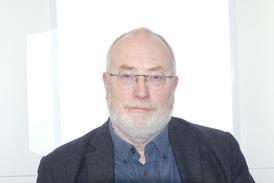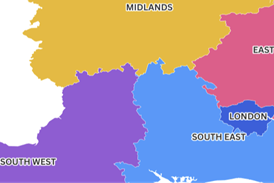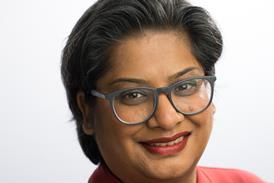The government’s health reforms are clear: shift care from hospitals to communities, focus on prevention, and embrace digital transformation. With NHS England planning guidance out earlier this year, now is the time to stop talking and start acting.
For children and young people, the most important of these reforms has to be that of community – and specifically neighbourhood – health. This integrated approach, bringing together health, social care and community services, is the only way to promote better family health and combat health inequalities at the very heart of the neighbourhoods where they take root.
Sponsored and written by
Neighbourhood health is about more than just a shift in service delivery; it must be a shift in mindset. Collaboration needs to be the starting point of provision, and while there must be local services for local communities, we also need to mind the gap and not leave behind those who are most in need. Which brings us to the first of our “asks” – there must be a consistent core offer for children and young people across neighbourhoods. This is essential to provide equity of access, ensuring that areas of deprivation, where high levels of need often coincide with the erosion of community infrastructure, are not left behind.
In an increasingly complex health and care system, it is vital to find ways to “hold the family”, helping them navigate services and access timely, coordinated and appropriate care. Whether a family seeks support from a teacher, a pharmacist, a family support worker or another trusted figure, there needs to be no wrong door. Families must be able to access the right services at the right time. This not only benefits the health system through reduced duplication and better outcomes, but also allows families and young people to feel seen, heard and supported.
Our third ask is that neighbourhood multidisciplinary teams (MDTs) currently being developed for children and young people should move beyond the traditional scope of GPs and paediatricians. To truly reflect the needs of children and young people, these teams should bring together health visitors, school nurses, youth workers, social care professionals, VCSE organisations and others. Collaboration, not siloed working, should be the norm – and that requires dedicated time and funding for those involved, not just policy commitment on paper.
Finally, the voice of the child and family should be embedded in the work of these MDTs. One effective way to achieve this could be through including a family support worker as a standing member of the team. This role would bring the direct voice of children and families into the heart of decision-making and ensure a consistent link back to those we aim to support.
We know that many healthcare organisations and teams are already stepping up during challenging times and innovating for children and young people – and have many more ideas and collaborations to come. The HSJ Awards offer the perfect platform to showcase and celebrate these achievements.
Whatever your sector, be it acute, community, VCSE collaboration or indeed a neighbourhood team, we would love to see and help share your work. Please think about making an entry to our supported category at the HSJ Awards, Early Intervention and Prevention for Children, Young People and Families. Last year, there were 114 outstanding entries – we hope this year will be your year.
Click here to enter the Early Intervention and Prevention for Children, Young People, and Families category in the HSJ Awards 2025.































